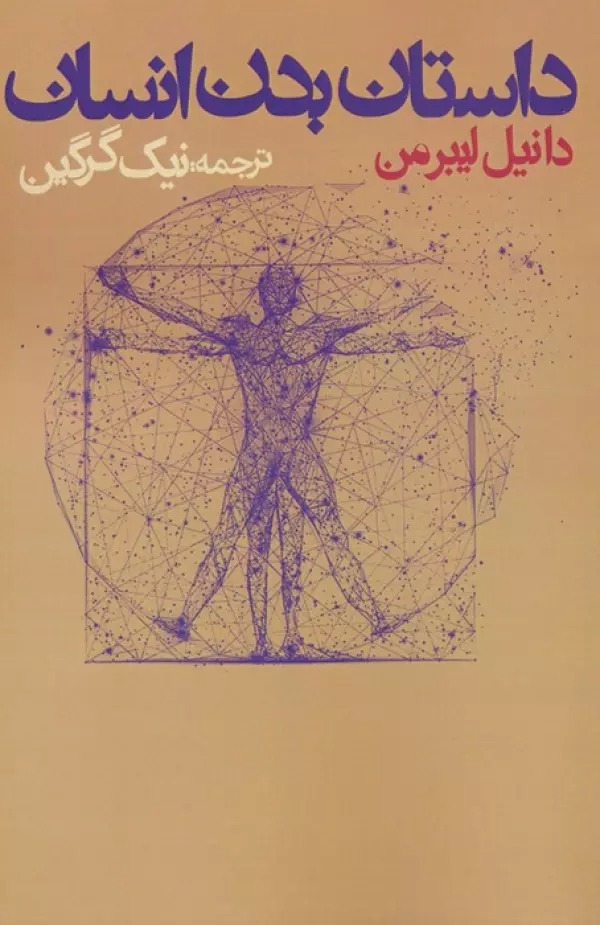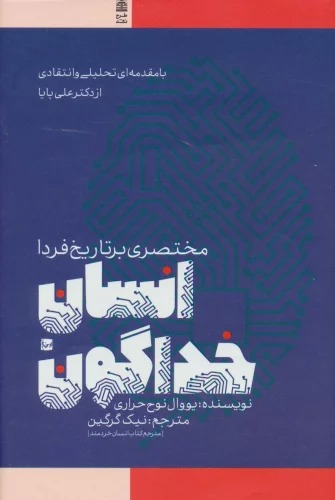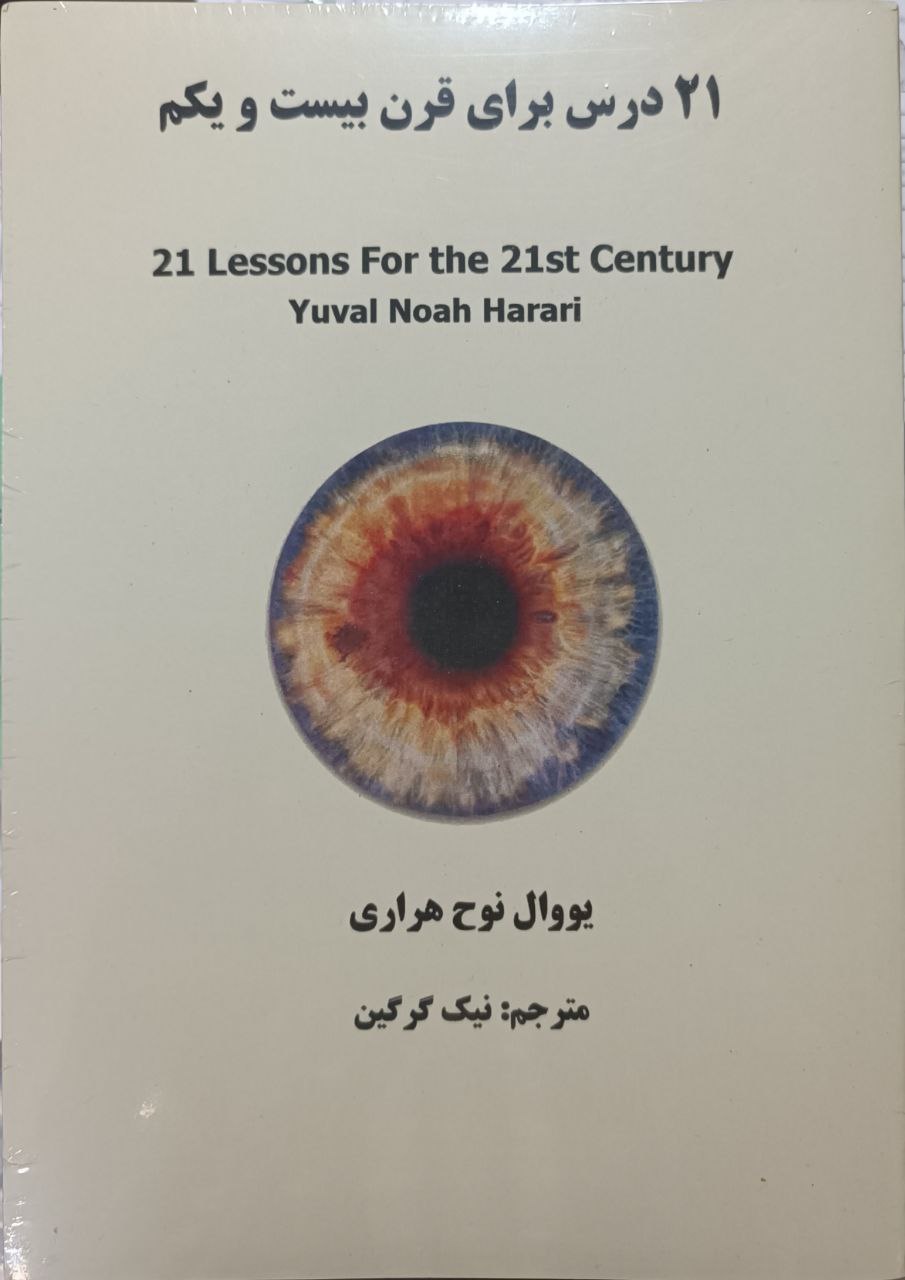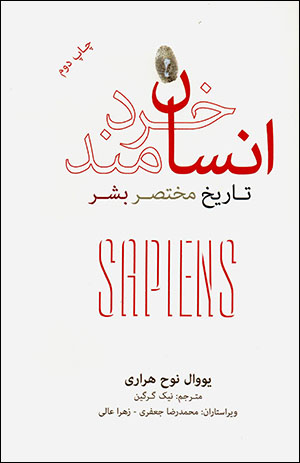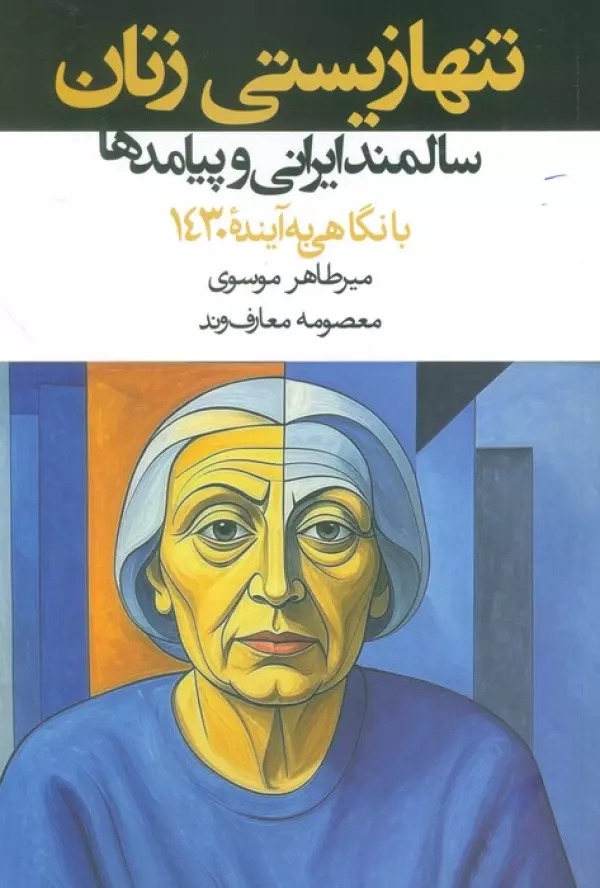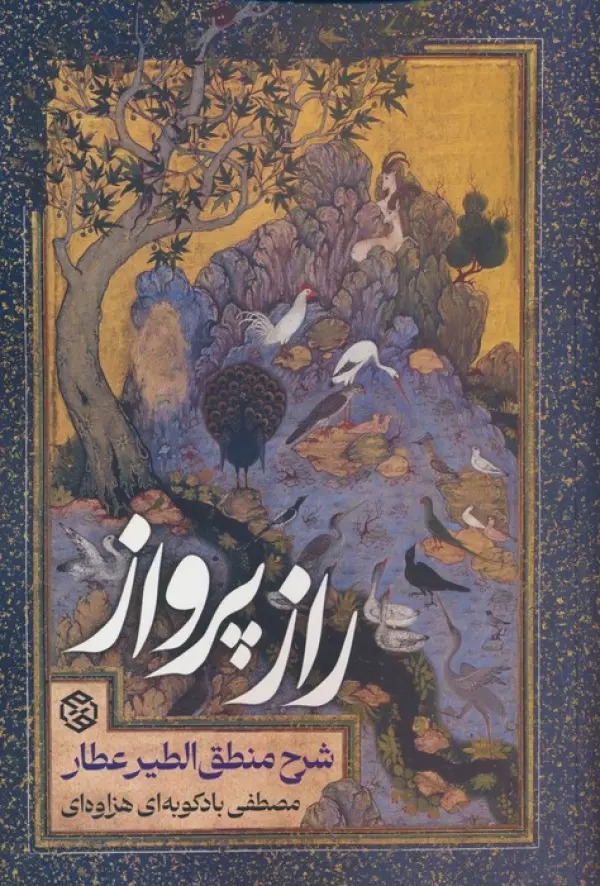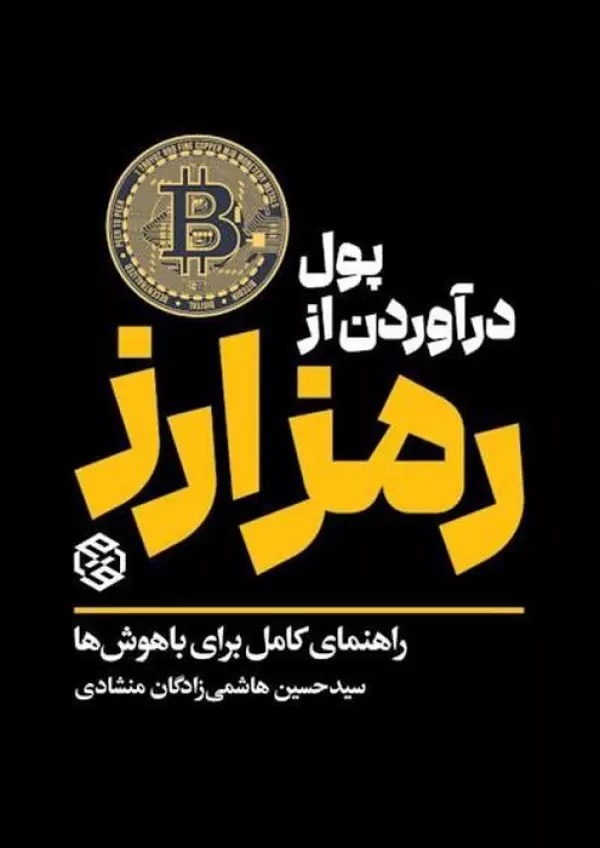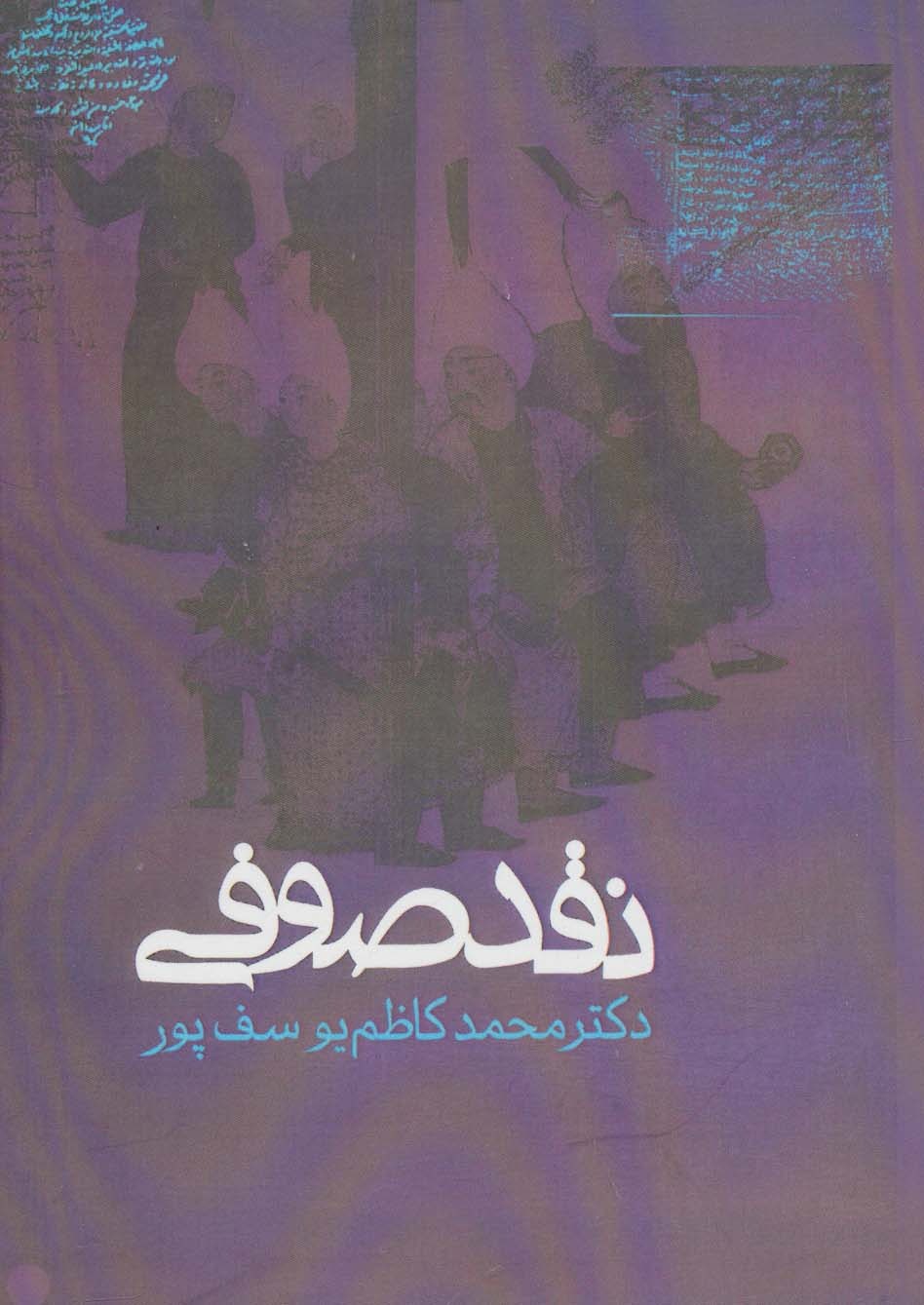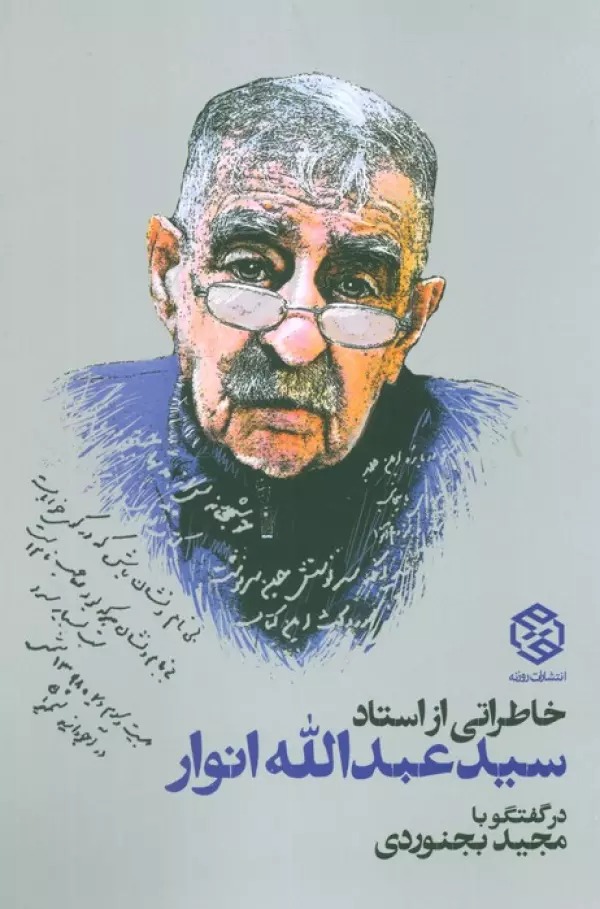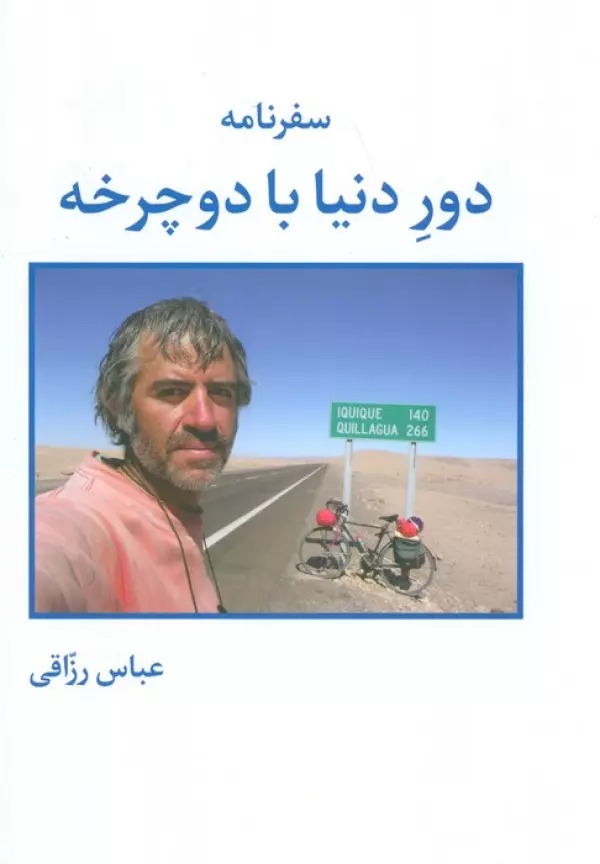Dastan-i Badan-i Insan: Persiska (Farsi) 1403
داستان بدن انسان
170 SEK
Dela
Wishlist
Originaltitel:
The Story of the Human Body: Evolution
,
Health
,
and Disease
ISBN:
9786222345563
Översättare:
Nīk Gurgīn
Förlag:
Rawzanih
Åldersgrupp:
Vuxen
Sidor:
464
Vikt:
400 g
Produktmått:
14 x 21 x 4
,
2 cm
Bokomslag:
Pocketbok
A landmark book of popular science—a lucid, engaging account of how the human body evolved over millions of years and of how the increasing disparity between the jumble of adaptations in our Stone Age bodies and the modern world is fueling the paradox of greater longevity but more chronic disease.
In a book that illuminates, as never before, the evolutionary story of the human body, Daniel Lieberman deftly examines the major transformations that contributed key adaptations to the body: the advent of bipedalism; the shift to a non-fruit-based diet; the rise of hunting and gathering and our superlative endurance athletic abilities; the development of a very large brain; and the incipience of modern cultural abilities. He elucidates how cultural evolution differs from biological evolution, and how it further transformed our bodies during the Agricultural and Industrial Revolutions. Lieberman illuminates how these ongoing changes have brought many benefits, but also have created novel conditions to which our bodies are not entirely adapted, resulting in a growing incidence of obesity and new but avoidable diseases, including type-2 diabetes. He proposes that many of these chronic illnesses persist and in some cases are intensifying because of "dysevolution," a pernicious dynamic whereby only the symptoms rather than the causes of these maladies are treated. And finally—provocatively—he advocates the use of evolutionary information to help nudge, push, and sometimes oblige us to create a more salubrious environment.
more
کتاب داستان بدن انسان، نوشتهی دانیل لیبرمن، استاد زیستشناسی تکاملی انسان دانشگاه هاروارد است. این کتاب همانگونه که از نامش پیداست در مورد تکامل بدن انسان است. لیبرمن در این کتاب تلاش کرده است تا با زبانی ساده برای همهی مخاطبان، ازجمله نوجوانان و جوانان به داستان بدن انسان بپردازد. کتاب داستان بدن انسان از سه بخش و ۱۳ فصل تشکیل شده است. نیک گرگین این کتاب را برای مخاطبان فارسیزبان ترجمه کرده است. در پیشگفتار این کتاب به قلم نویسنده میخوانیم: من هم مثل بسیاری از مردم مجذوب بدن انسان هستم اما برخلاف بسیاری که علاقهی خود به بدن را به عصرها و آخر هفتهها محدود میکنند. من بدن انسان را در مرکز توجه حرفهای خود قرار دادهام. در واقع من بسیار خوشاقبال هستم که در دانشگاه هاروارد تدریس میکنم و دربارهی علت و چگونگی کارکرد بدن انسان مطالعه میکنم؛ شغل و علائقم به من امکان میدهد که بهگونهای حرفهای به این کار بپردازم. علاوهبر کار با دانشجویان و بررسی فسیلها به اقصانقاط زمین سفر میکنم تا ببینم مردم چگونه از بدن خود استفاده میکنند و آزمایشهایی هم در مورد نحوهی عملکرد بدن انسان و حیوان در آزمایشگاه انجام میدهم. من هم مثل بسیاری از اساتید عاشق صحبتکردن هستم و از انبوه پرسشهای مردم به وجد میآیم. اما از بین پرسشهایی که بیش از همه از آن واهمه داشتهام این بوده که انسانهای آینده چگونه خواهند بود؟ من یک استاد زیستشناسی تکاملی انسان هستم یعنی گذشته را مطالعه میکنم نه آینده. فالگیر نیستم و این پرسش مرا به فکر فیلمهای علمیتخیلی هوشمندانهای میاندازد که در آن انسانهای آیندهی دور را با مغزهای عظیم، بدنهای نحیف و لباسهای براق نشان میدهد. پاسخ انعکاسی من همیشه در این راستا بوده که انسانها چندان بر پایهی فرهنگ تکامل نمییابند. این همان پاسخ معمولی بسیاری از همکاران من به این پرسش بوده است.
more

